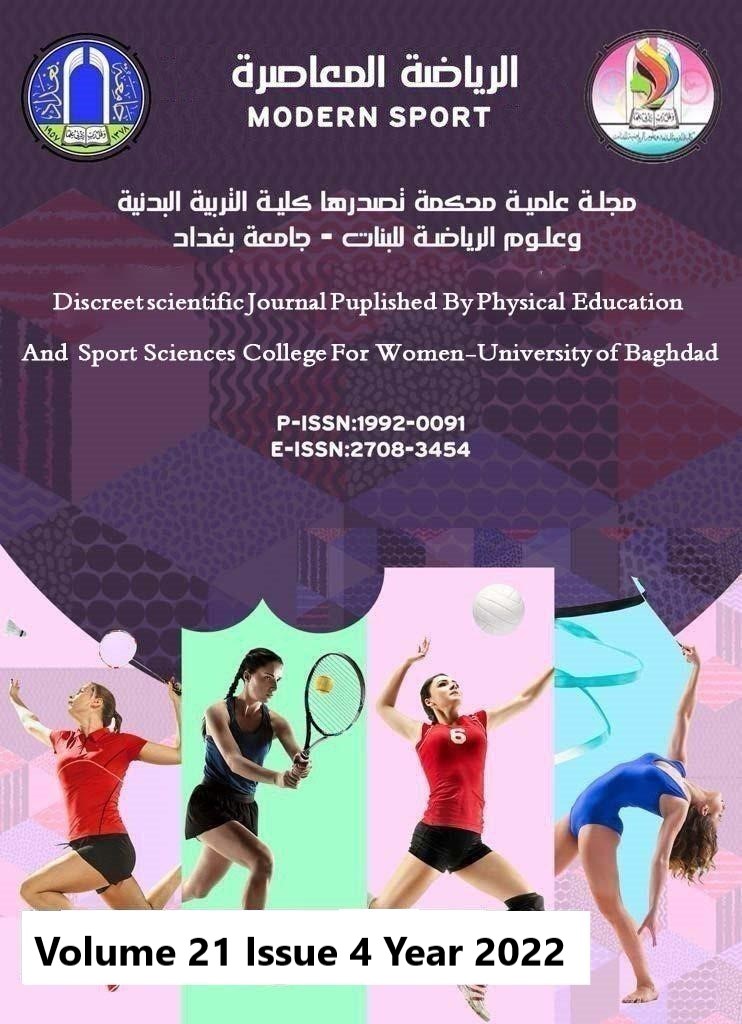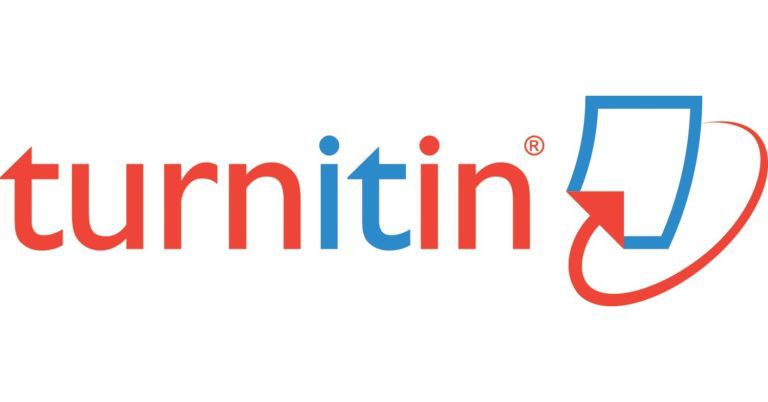Study the relationship of some Strength Status Indicators for People with Disabilities Category (40 f) to Shot put from the Intersection with Achievement
DOI:
https://doi.org/10.54702/ms.2022.21.4.0021Keywords:
force mode, People with Disabilities Class (40), Push the weight off the pisteAbstract
The shot put activity is one of the special activities in athletics, and it is one of the four throwing activities (javelin throw, discus throw, hammer throw, shot put) and it requires physical abilities and special motor abilities that depend effectively and influential on the biomechanical aspects, especially when it comes to people with disabilities. Including the (40f) category, who enjoy great support from the international community in general and in their countries in particular, and the possibility of developing their achievements to raise the name of their countries in international forums. The importance of the research is highlighted by analyzing the kinetic path of the Iraqi world champion, Jarrah Nassar, through the analysis of some biomechanical indicators for the stage of power development (power supply), which is considered one of the most important technical stages affecting the final achievement of the players shot put off the paste, whether they are normal or have a disability. The research problem revolved around the importance of recognizing the numerical values of the mechanical indicators for our heroes who achieved a number of colored medals to describe their results to their coaches and colleagues to work on reaching these particles and applying them in improving technical performance and raising their level, in addition to neglecting the biomechanical aspect of this activity by not using kinetic analysis and identifying Weaknesses with high accuracy in a quick effectiveness that does not exceed two seconds of trying time, in addition to the lack of attention by the trainers to the characteristics of the biomechanical indicators values affecting each other in order to program their training programs in order to achieve their goals as quickly as possible and to save effort and time. The aim of the research is to identify the most important biomechanical indicators for the stage of power development, which are the length of the step for the pivot foot, the step time for the pivot foot, the step speed for the pivot foot, the anchor angle, the thrust angle, the direction of the back foot in power mode, and the relationship between these indicators with the achievement of players with disabilities category (40f) by shot-putting. The researchers used the descriptive approach and correlational relationships in their current study to suit the nature of the study problem. The research community consisted of the Iraqi national team player (40f) (Jarrah Nassar), as it was taken in a deliberate way and the test was conducted for him during his training camp in Baghdad in the stadium of the College of Physical Education and Sports Sciences / Al-Jadriya In preparation for the external tournaments, six attempts were taken, as in the official races. Two analysis cameras were used (CASIO FH13.5) at a speed of 120 frames per second. The process of kinetic analysis was carried out using the Tracker and Kenova analysis programs, as the Tracker program was used to measure distances and displacements. The achieved heights and the (Kenova) program was used to measure the speed, acceleration and times achieved for the study sample and after analyzing and discussing the results, the researchers concluded that there is a direct correlation between the step length for the pivot foot and the step speed for the pivot foot, an inverse relationship between the step time for the pivot foot and the achievement, and there is no correlation between the anchor angle, the pushing angle, and the back foot direction angle with achievement. Expanded studies of this effectiveness to diagnose strengths and weaknesses in technical performance and attention to the biomechanical aspect by trainers and to emphasize the position of strength
References
- Wajih Mahjoub. (1985). Kinesiology, Volume 1, Mosul University printing press. p:143
- Saeb Attia Al-Obaidi and Samir Muslat Al-Hashimi. (1991). Applied Biomechanics. Dar Al-Kutub for Printing and Publishing, University of Mosul. P:61
- Ridha. Kadham K. (2011). Find in education and science curricula psychology. Baghdad, Al Nuaimi. P:278
- International Law of Athletics IAAF. (2019). Competition Rules, translated by the Development Center for Athletics in Cairo. P:254
- Iman sabeeh hussien. (2002). An Analytical Study of Some Biomechanical Variable in the 200 m Run – Curve and Their Relevance to Performance. thesis unpublished doctorate, University Baghdad, College of Physical Education. P:42
- Suleiman Ali Hassan and others. (1979). Track and Field Competitions, Dar Al Maaref, Egypt. P: 41
- Sameer Muslat Al-Hashemi. (1999). Sports biomechanics. 1st Edition, Baghdad, Higher Education Press. P: 161
- M. McGinnis, Peter. (1999). Biomechanics of sport and Exercise. State University of New York, College at Cortland, U.S.A. p: 112
- Orlik & Partigton. (1988). Mental Links excellence. sport psychology .2nd Ed. P:107
- Nabila Ahmed Abdel Rahman and others. (2002). Science, experiences, and field and track competitions. 2nd edition, Egypt, Dar Al Maaref. P: 159
- Susan. Hall. (1995). basic Biomechanics. McGraw-Hill, U.S.A. p:314
- Huda Edan Muhammad and Raghdaa fouad mohammad. (2021). The percentage of psychological flow’s contribution to some rhythmic gymnastics skills and the effectiveness of throwing weight into the square and the field. MODERN SPORT, Vol 20 No 2, p:73
https://doi.org/10.54702/msj.2021.20.2.0073
- Howraa Falah Hassan and Iman Sabeeh. (2021). Standard score for physical tests andtheir relationship to the achievement of two activities of 100 m and weight throwing for first-level students of the College of Physical Education and Sports Sciences for women. MODERN SPORT, Vol 20 No 2, p:15
Downloads
Published
Issue
Section
License
Copyright (c) 2022 Modern Sport

This work is licensed under a Creative Commons Attribution 4.0 International License.















